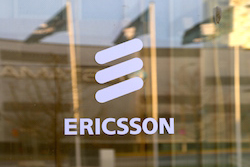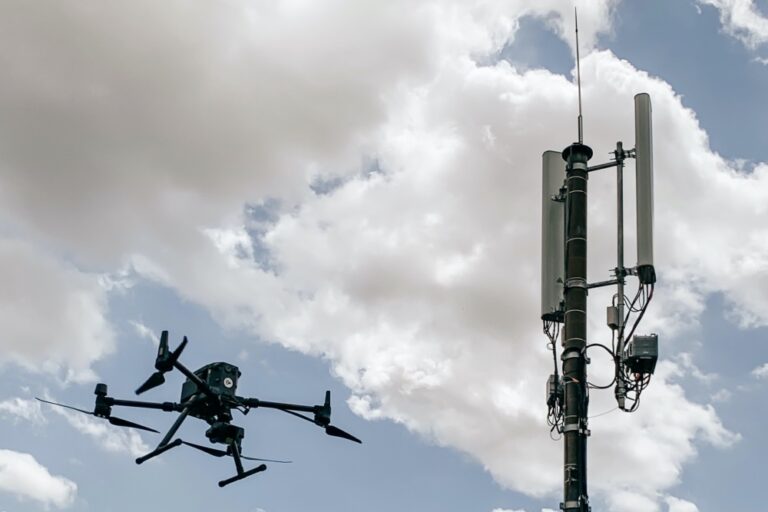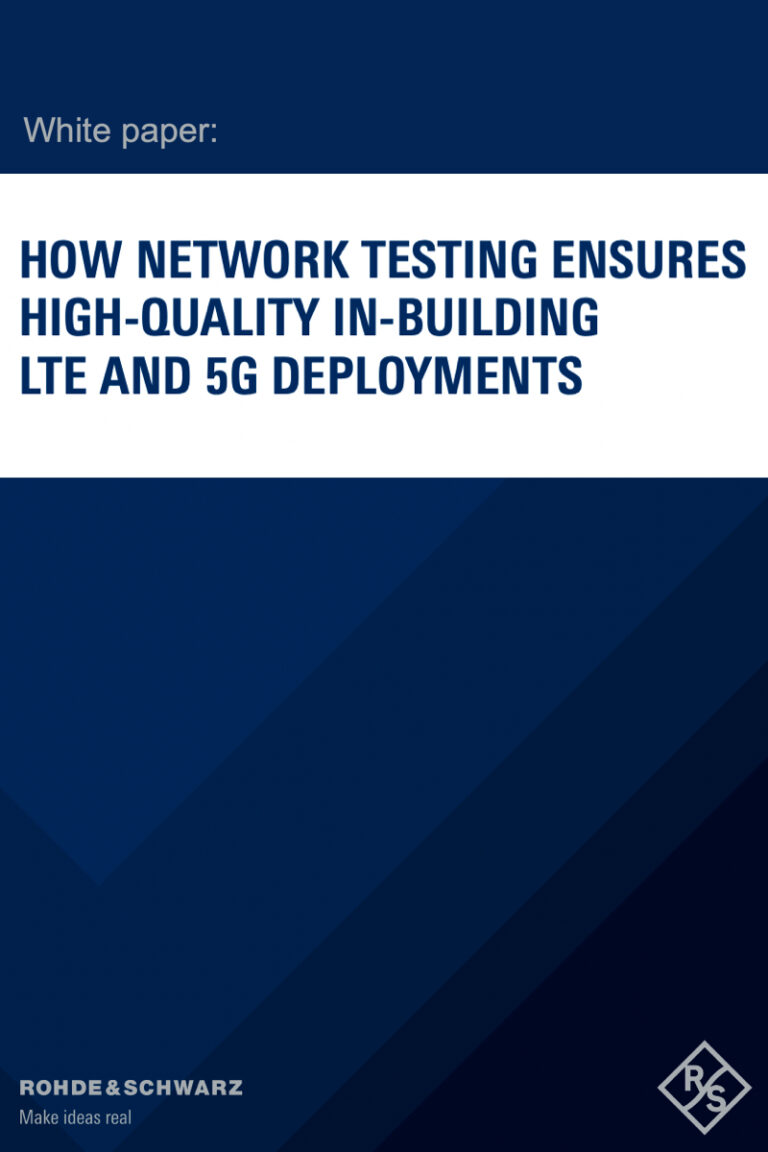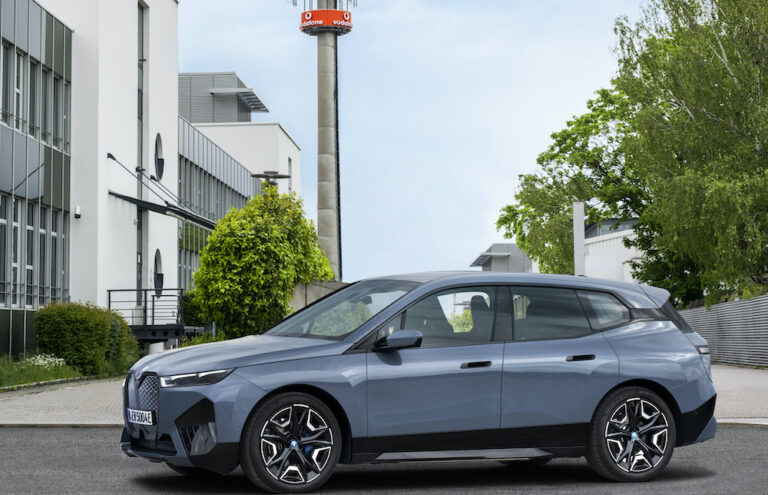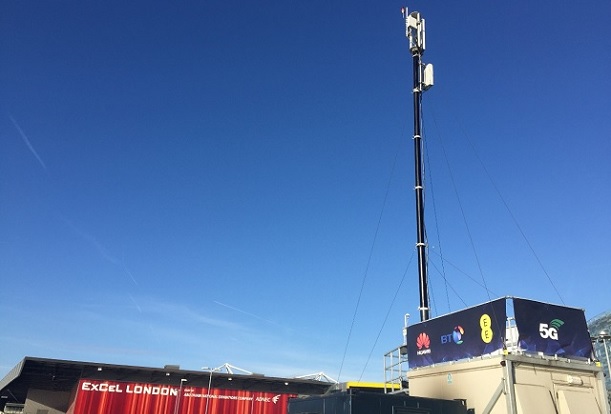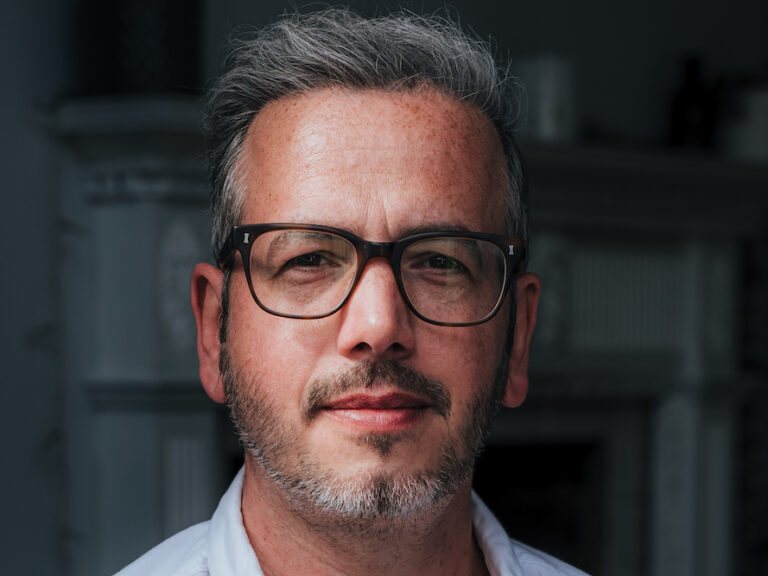Government bans aside Ericsson’s 120 year trading relationship with China means it can still add value
Ericsson’s CEO has pledged to quietly intensify the 5G equipment vendor’s market making efforts in China. The renewed efforts follow a year in which its involvement in building infrastructure for the emerging superpower was slashed by 80 per cent.
Last year Ericsson was awarded ‘about two per cent’ of China Mobile’s 5G contracts reports Reuters. The previous year it was involved in 11 per cent of the same line of infrastructure building business with the emerging superpower. It also won three per cent share of deals in a joint 5G radio contract from China Telecom and China Unicom.
The freezing out of the Swedish telecoms giant coincided with its government’s decision to block Chinese suppliers, principally state-owned Huawei, from Sweden’s 5G roll-out. Though the reasons for the exclusions have never been formalised, the inescapable reality is that China accounted for around 10 per cent of Ericsson’s revenue last year.
“We have been in China for 120 years and I don’t intend to give up easily,” Ericsson chief executive Börje Ekholm told Reuters. “We are going to show that we can add value to China.”
How can Ericsson add value to China?
Previously Ericsson has lobbied the Swedish government, arguing in favour of Huawei and warning of possible retaliation by China. Since the Swedish government ban on Huawei was made official and upheld in court, Ericsson is suffering from an invisible trade barrier.
It has not been compensated for the losses. “I don’t believe we have had any help from the Swedish government,” Ekholm said.
Some analysts have warned Ericsson could lose most of its China business with contracts going to Finland’s 6G pioneer Nokia, which recently distanced itself from the O-RAN Alliance.
The threat of losing its Chinese business to another European comm equipment manufacturer seems minimal. Ericsson’s nordic rival Nokia didn’t get any radio contracts in China last year. However, it did land its first radio contract in the second round of awards. Sweden’s flagship technology company, which energised and stimulated much of the creative start up activity in the surrounding Swedish tech hub Kista, north of Stockholm, Ericsson has a ‘slight edge so far’, reports Reuters. Whether political climate change threatens this technology eco-system is yet to be seen.


